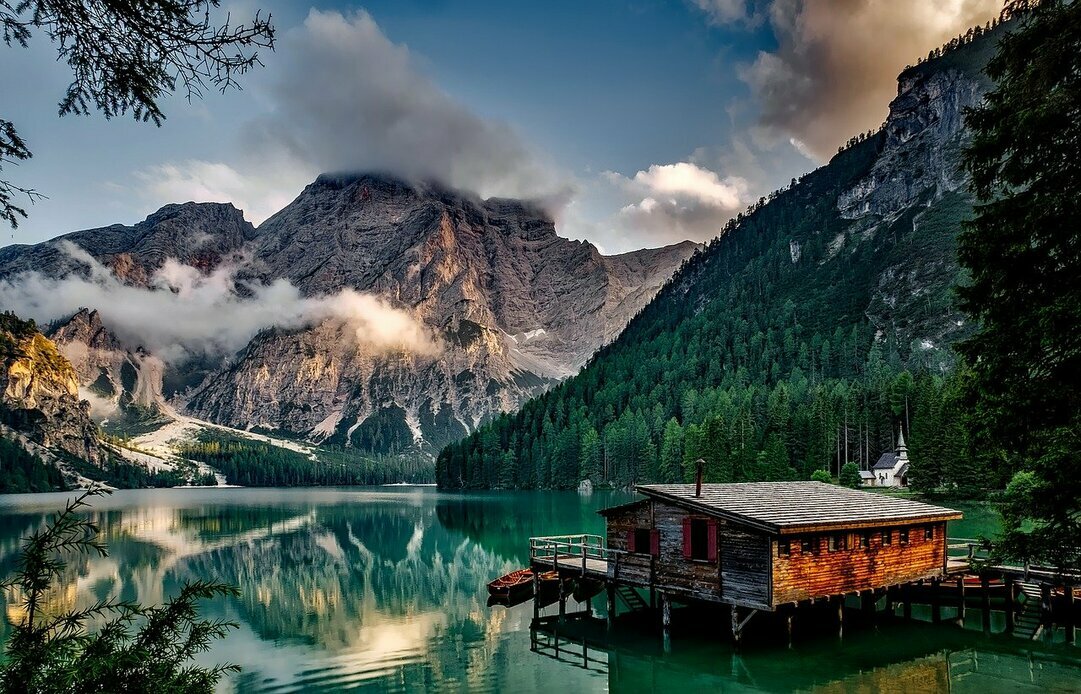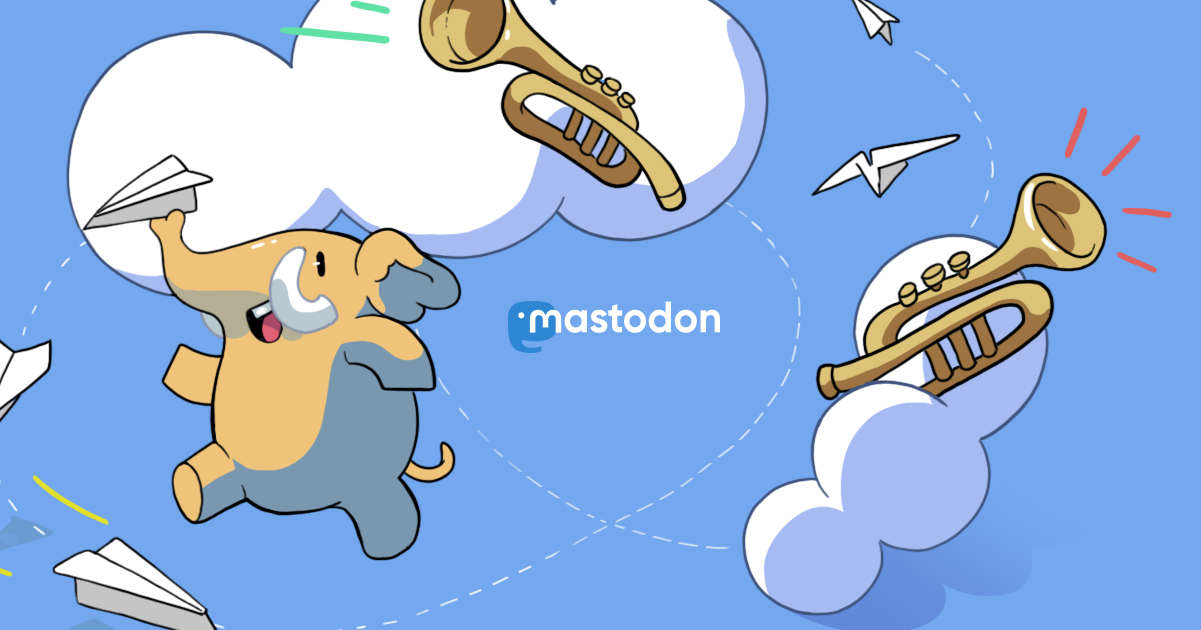
I've decided to take on another subject while it was high in the sky. Because of rains and clouds and work, I only had 4 hours on it, over 2 days from Bortle 7-8 area. Though it's buy one get one free kind of things with proper framing. Pacman Nebula and Ghost of Cassiopeia from constellation of Cassiopeia, my 2nd or 3-rd favorite asterism in the sky. Shos with Canon T3i, 135 mm at F/2.5 and ISO 1600, through L-Enhance. #astropic
Emil Kraaikamp released a beta version of AutoStakkert!4 a few days ago. This is the first release since 2018 and I'm super excited! I did a demo of it in this video:
Another experiment that sat on my drive for a while, I think it's about 10 hours of total exposure 4Ha + 6 through L-Enhance filter on stock Canon camera. I've learned that I'd probably need more time for individual exposure with Ha. NGC 7822 aka Teddy Bear Nebula. Shot with Canon 3ti, F/2.8 135mm, L-Enhance and Ha filters. #astropic
I was not satisfied with the result and decided to reprocess California Nebula and NGC1499. Here is what I got in a second try. #astropic
What did I learned photographing California Nebula. Main lesson is photographing DSO shoot for a objects higher in the sky. Here is 8 hours of NGC1499, from Bortle 7-8 zone, shot with Canon T3i, 135mm F/2.8, ISO 1600 with L-Enhance filter. #astropic Additionally RaspberryPI are very good tester of powerbanks :D as heart of my rig is RPI with KStars/EKOS/INDI
Clear skies around new moon let me take a picture of Andromeda Galaxy, M31 our nearest neighbor and few other galaxies made it into the shot. This was shot with Canon T3i, 135mm F/2.8 lens, ISO 100 from Bortle 7-8 area. Processed in @Siril_Official #astropic #astrophotography
We had few nights with clear skies so I took advantage of that and shot object that I wanted since last year: Heart and Soul nebulas aka IC1805 and IC1848. Shot with Canon T3i, 135mm at F/2.8, L-Enhance filter from Bortle 7-8 sky and quickly processed with Siril. #astropic
I have decided to run an experiment: capturing Ha with a stock DSLR. Stock DSLR typically blocks 85-75 % Ha light, then given the structure of a sensor in the color camera, which DSLR is, you would only capture 1/4 of the light reaching filter. So I put Ha clip-in filter into my stock camera and embarked on that journey. Here is results of 6 hours of integration, all in all it was quite a waste of time. But I confirmed that it doesn't make sense to shoot Ha with stock camera. It's NGC 7822.
This shocking #photography was obtained from #Montana (#USA) over 17 minutes. It reveals the crazy number of #satellites orbiting the #Earth. Most of them are #StarLink (from #SpaceX / #Musk) and aim at providing internet to some remote places.
StarLink is not the only project for space-based #internet: there are also #Kuiper (#Amazon), #oneWeb, #Iris2 (@EU_Commission), etc... which will send even more satellites into #space
Credits: Matt C. Jackson
I was quite lucky this week, few nights with clear skies and I was able to complete 6 hours of IC1318 and NGC6888 aka Butterfly and Crescent Nebulas respectively. I think I finally nailed down whole process, it appears that on many subjects 6 hours is enough of the data for me to work with and get a descent pictures. Shot with Canon T3i, 135mm F/2.8 lens ISO 1600 and L-Enhance filter. I am still learning tricks around processing that data, this was a second try. #astrophography #astropic
Just finisher Cygnus Loop project. This is supernova remnant, it's believed that at the time of explosion it could have been seen from Earth in a broad daylight, so powerful it was. It's consist of West and East Veil nebulas and few other pieces. Sh2-103 Cygnus Loop/Veil Nebula shot with Canon T3i, 135 mm, F/2.8, ISO 1600, L-Enhance filter. It's about 6 hours of total integration time. I've used dark frames in that one and not entirely sure if I like it. #astropic
I have recently combined 4 and 2 hours integrations and got results which I am proud of. It's been a long journey with a lot of learning, I think I know what I am doing now, though there is still a lot to learn. Posting my "before" and "after" pictures, first one I took with 50mm lens last year and second with 135mm this year after learning journey and adding equipment, both pictures are from the same location, Bortle 7 sky. #astropic #astrophotography
I finally had clear skies and pulled 4 hours image of North America and Pelican Nebulas. Just a bit of processing. I am happy with over all results, I know I can learn bit more on processing side. Shot from Bortle 7 sky, with Canon T3i, 135mm, F/2.8, ISO 1600. #astropic
It looks like .@Siril_Official site is up and running again!
